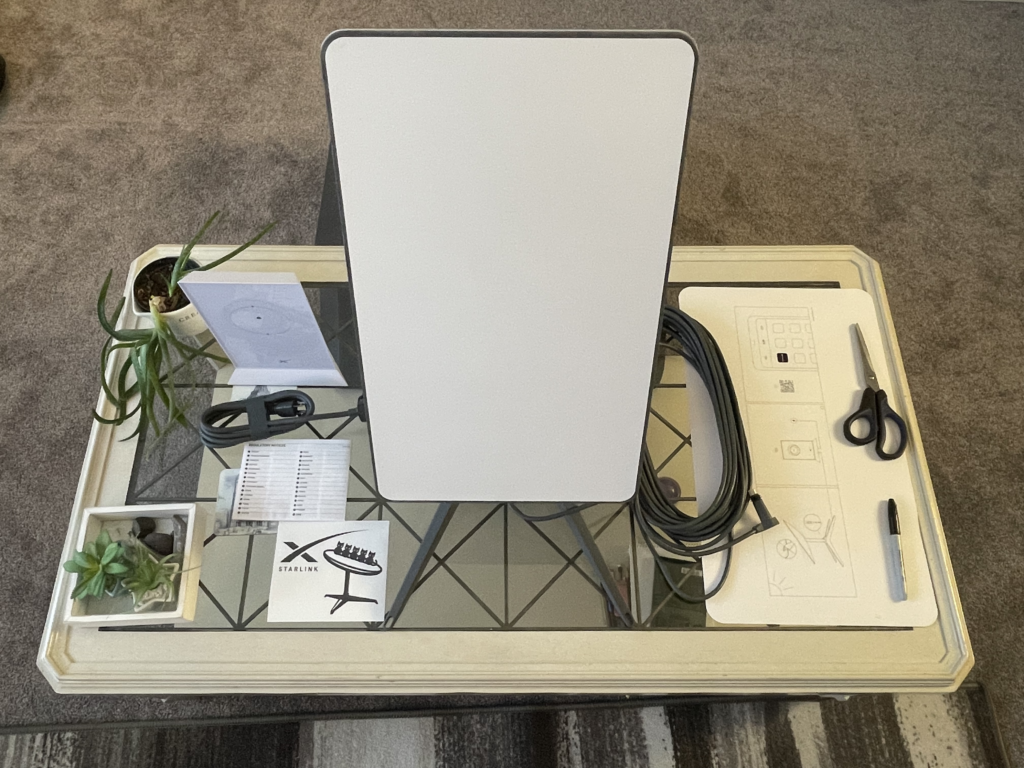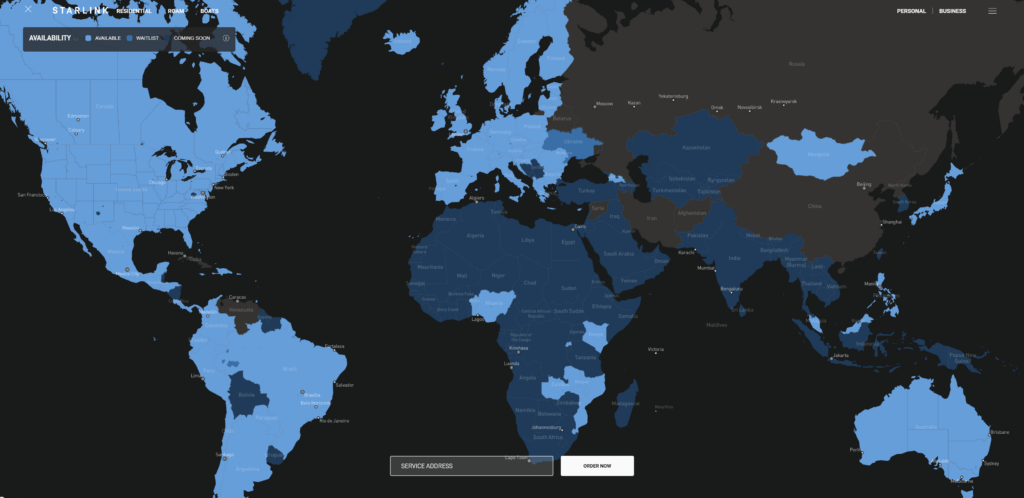Jim Olson uses Starlink at his self-sustaining cabin in mountainous Colorado. After using the other two satellite providers (Hughesnet and Viasat), he told me the quality was night and day.
“The second we turned it on, we went from 20Mbps down to about 150Mbps down,” Olson says. “Latency was the biggest surprise. 40ms, which was enough to stream live TV. That was not an option before.”
Jason Astel was previously a Viasat customer in rural Missouri. He told me he was frustrated by the service and jumped on Starlink when he learned of its potential. He was primarily sick of latency issues and data caps that made streaming and gaming nearly impossible.
“With Starlink, I'm able to do everything I need: Online gaming and video conferencing,” Astel said. “We eliminated DirecTV, and we use YouTube TV now. We are much happier with Starlink. We saved money by changing to it.”
Starlink’s unlimited data means he can stream and game as much as he wants and could save money by cutting the cord (in this case, the dish).
Eduardo Dias is a Starlink customer living in Germany. Previously, his best option for internet where he lived was 4G wireless with speeds up to 5Mbps. When he finally got Starlink after being on a waitlist, he was pleasantly surprised.
“Fantastic speeds I got ranged from 150Mbps to 300Mbps,” Dias said. “Rarely had service issues. I was surprised by the latency because from my initial research into satellite internet, it showed it has terrible latency. I get an average of 50 to 70 ping in gaming.”
While it’s been a great experience, Dias mentioned it’s still not perfect.
“The upload speeds I get are around 15Mbps on average, but these days, to send files or stream on Discord for friends, that's really not enough,” he says.
















